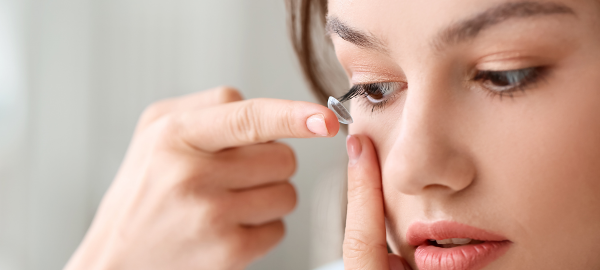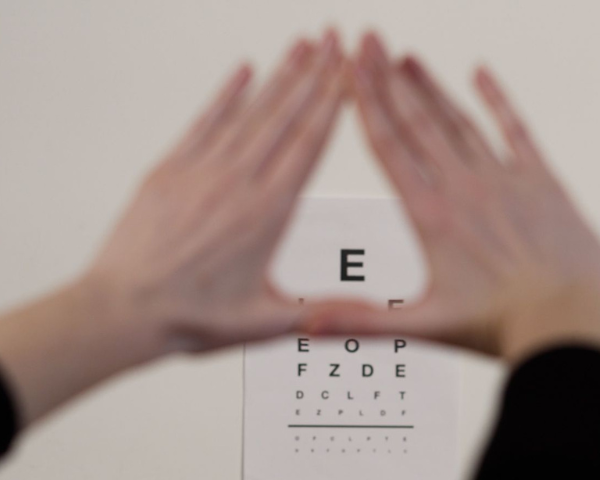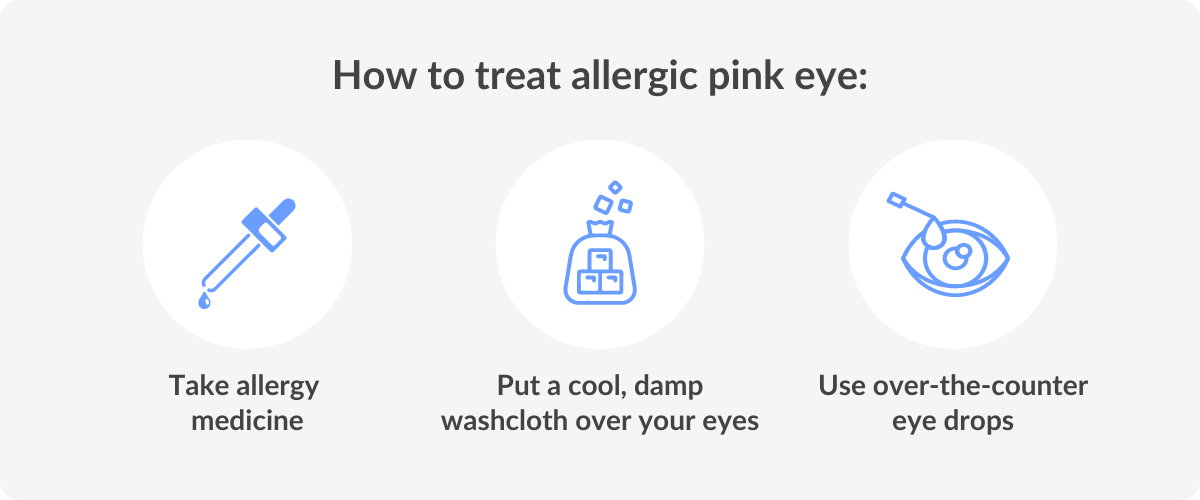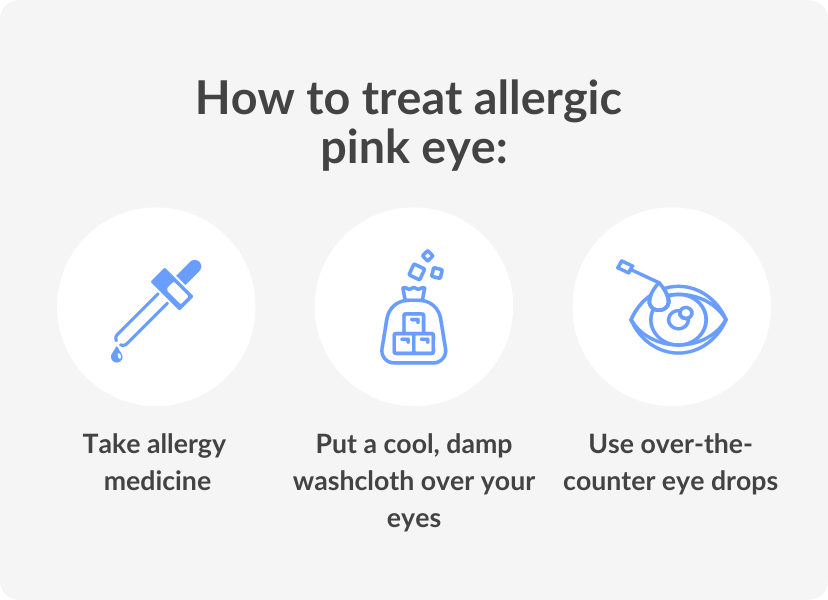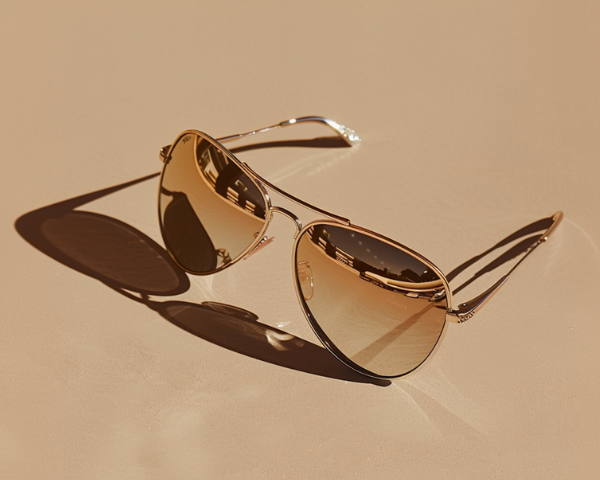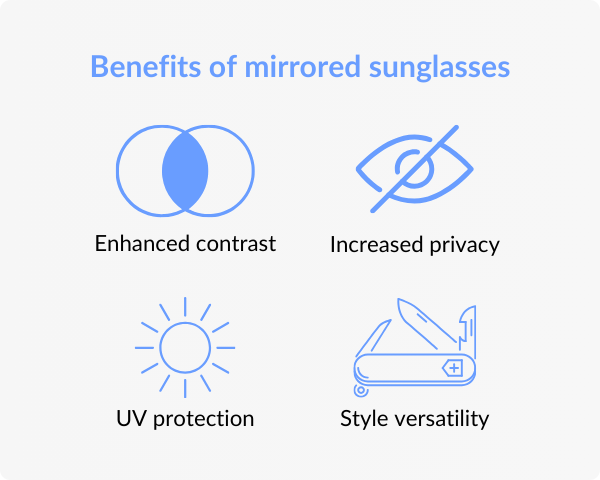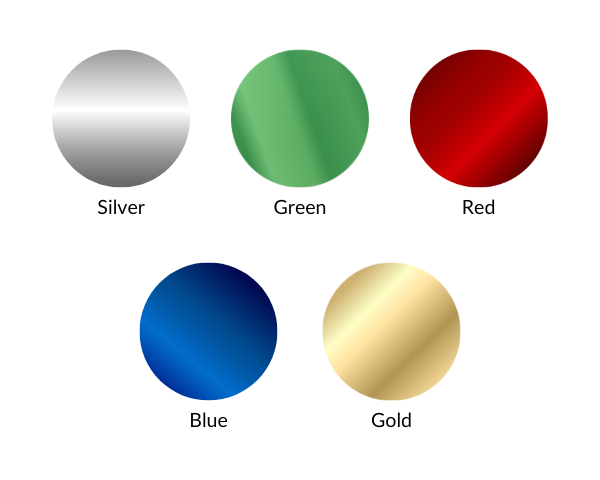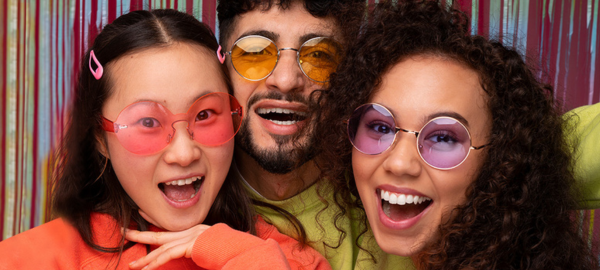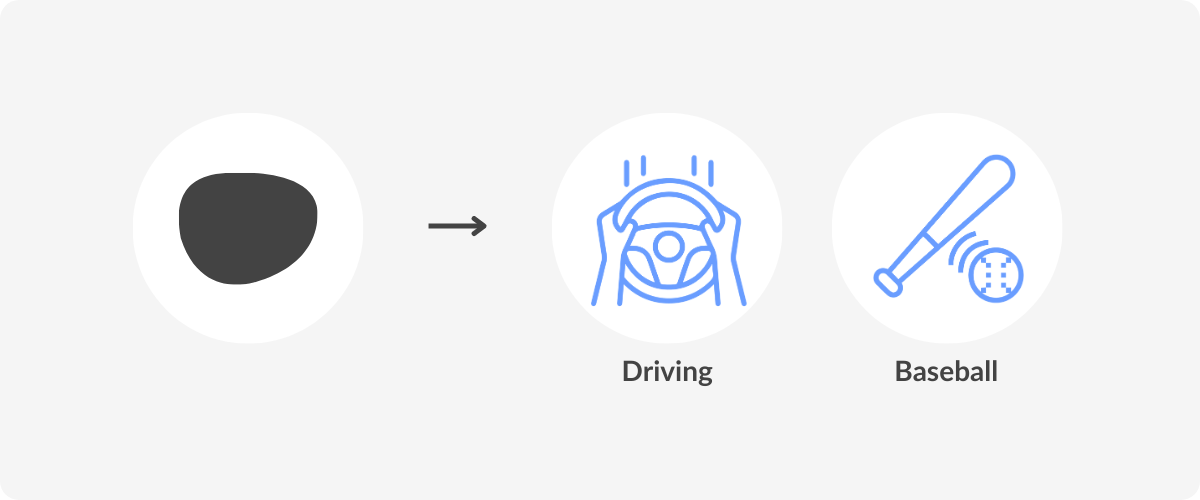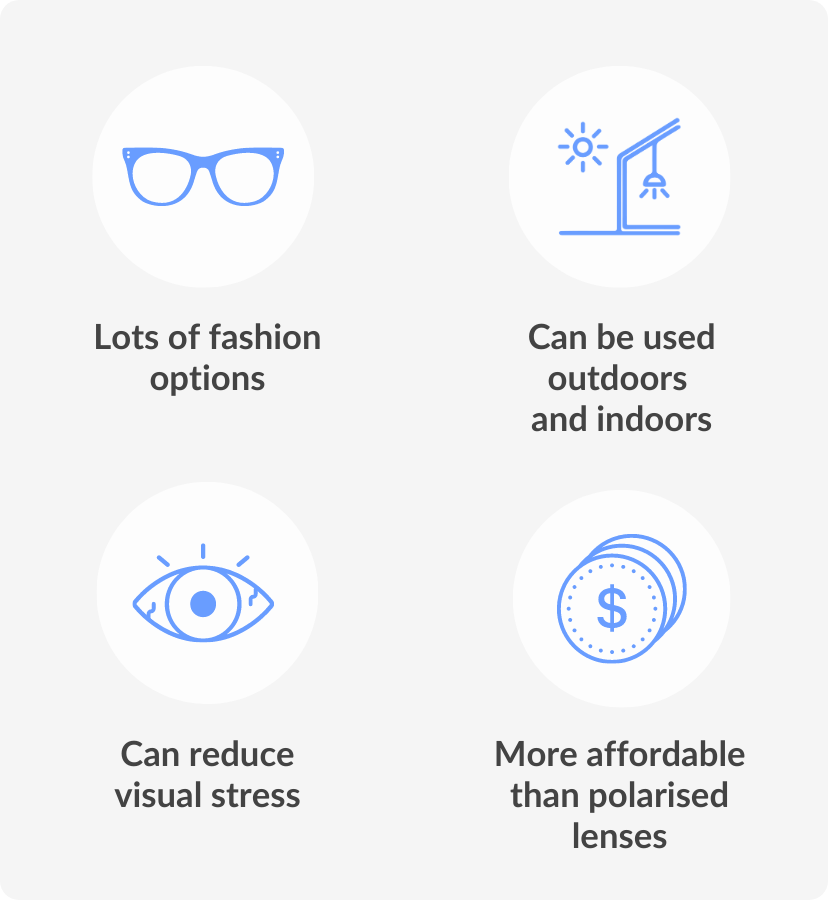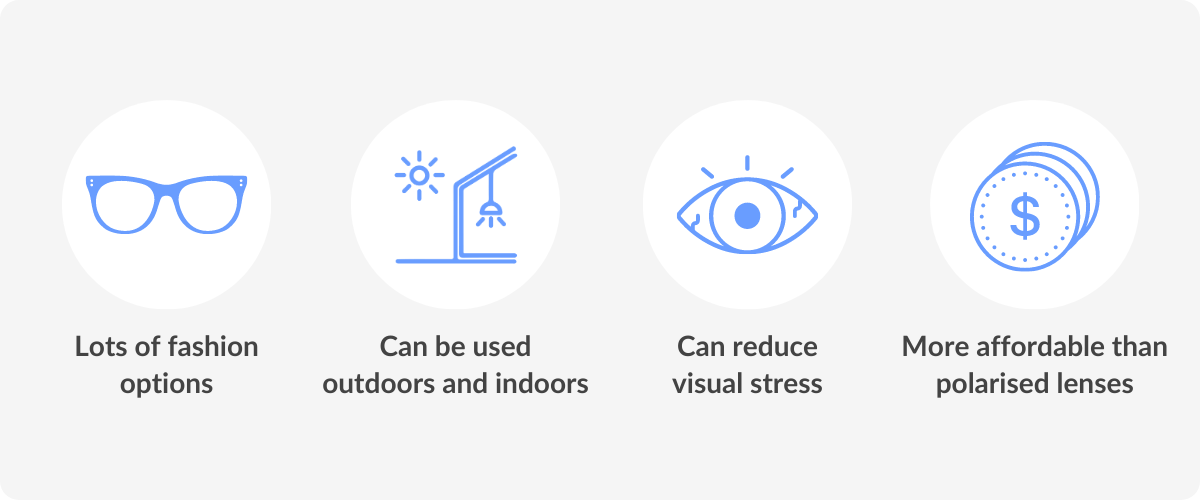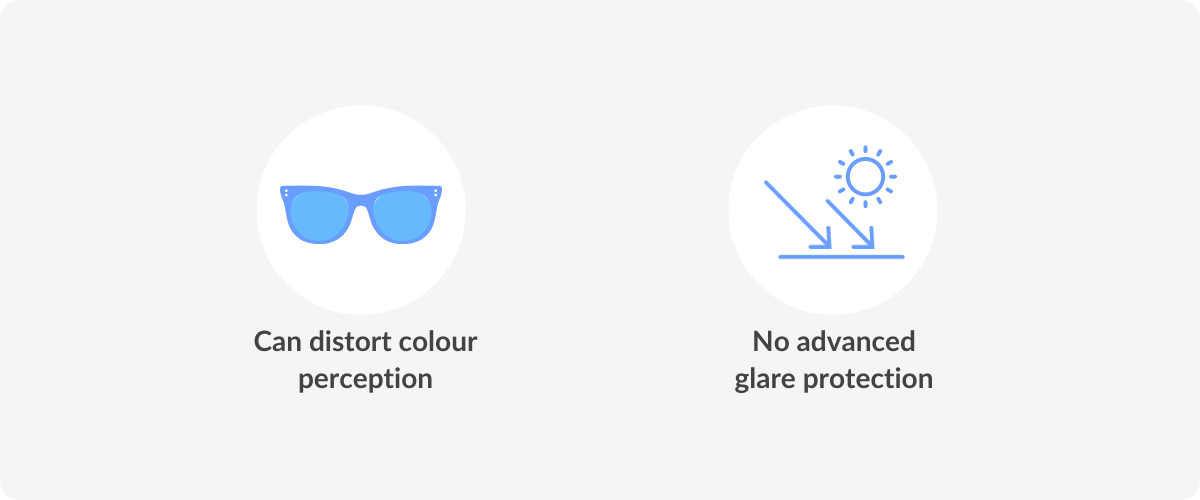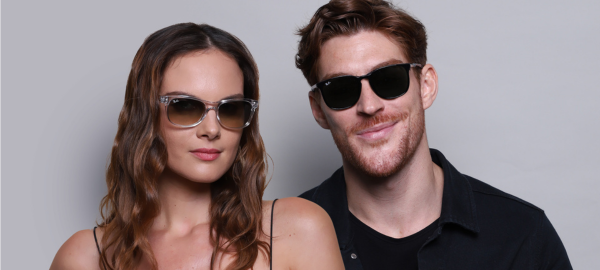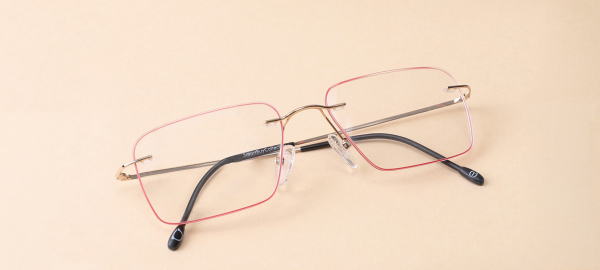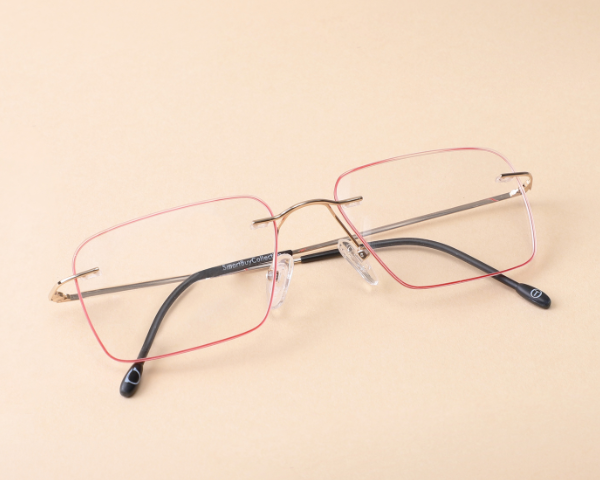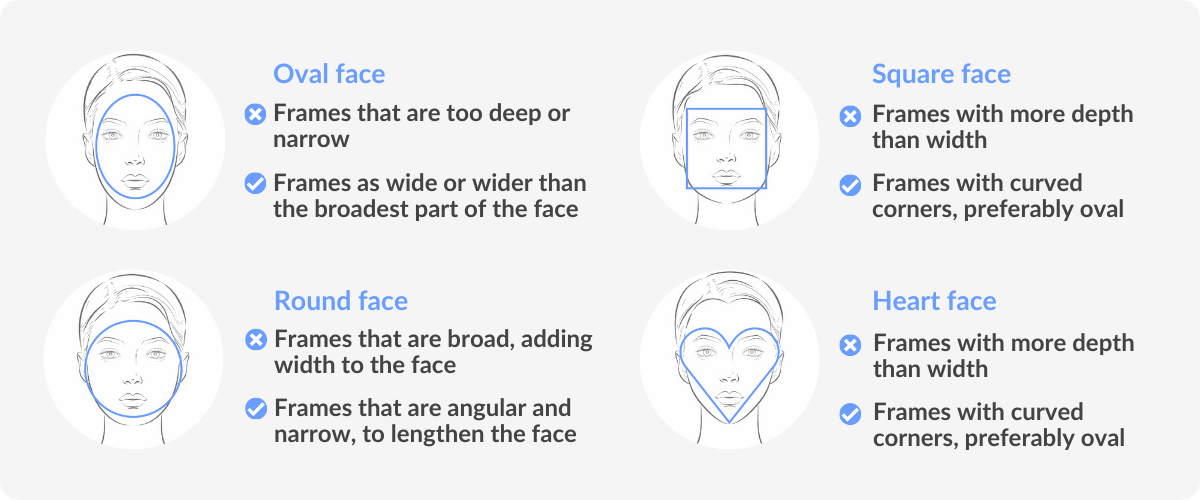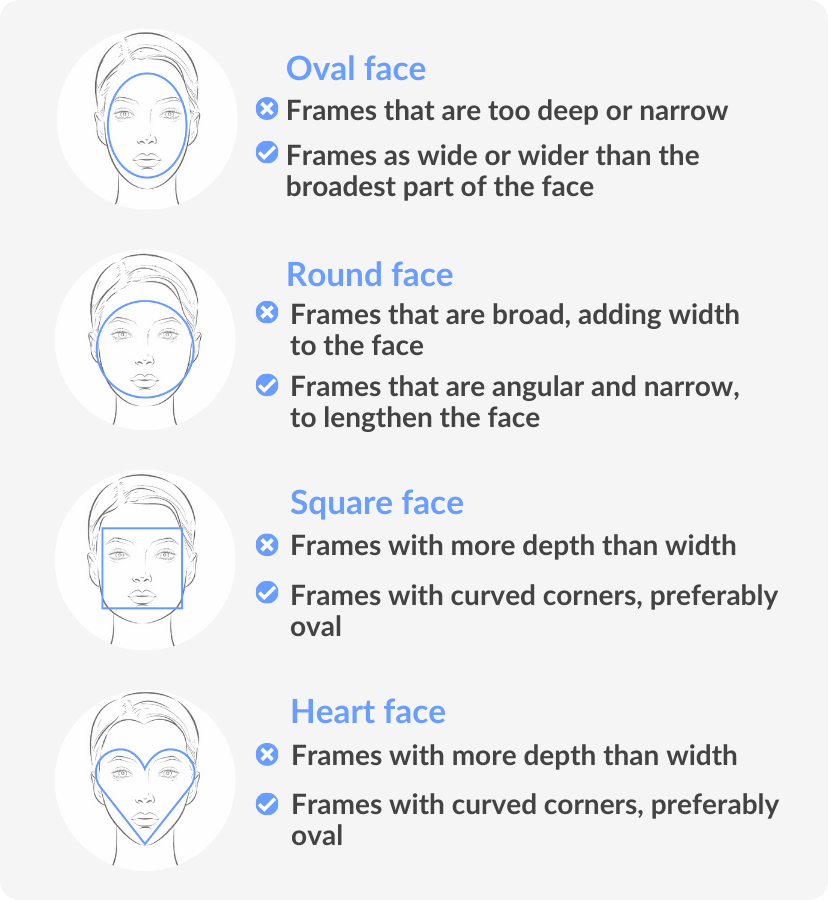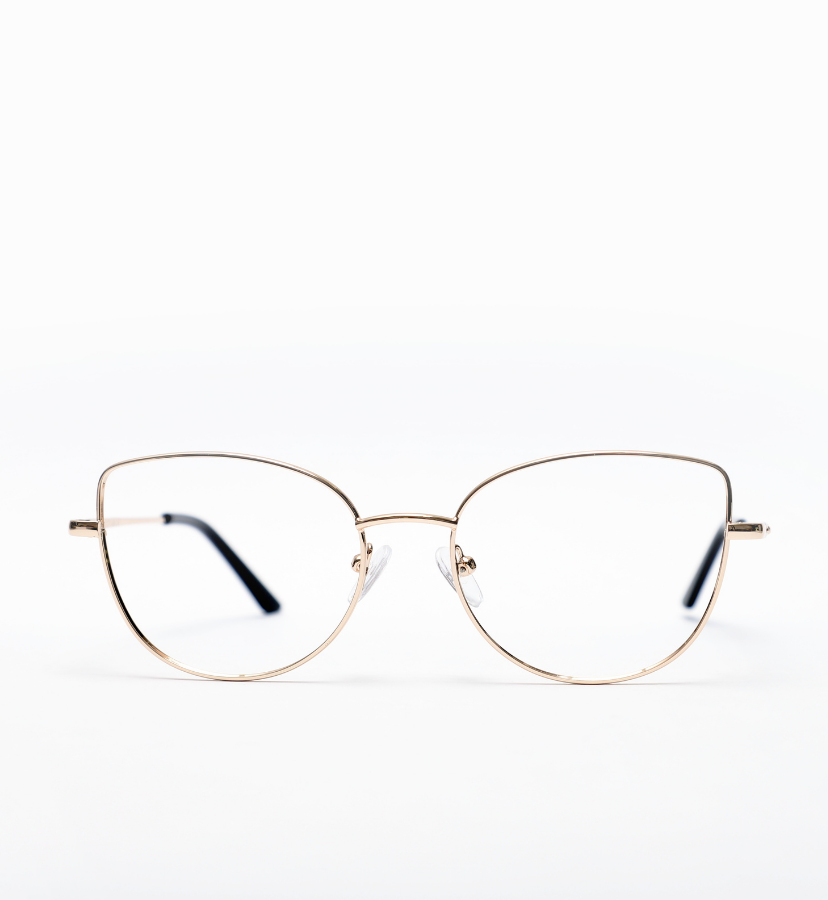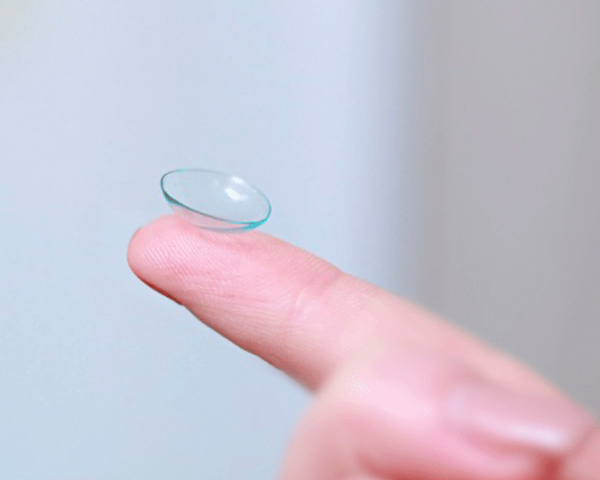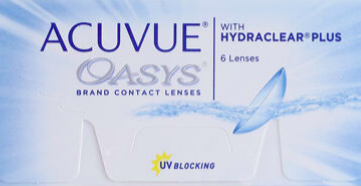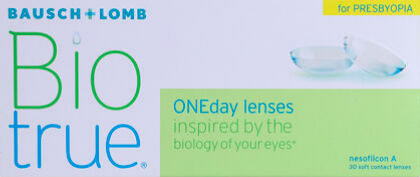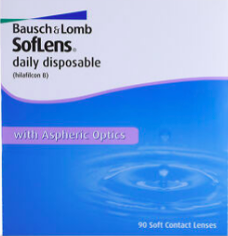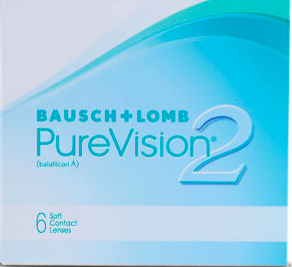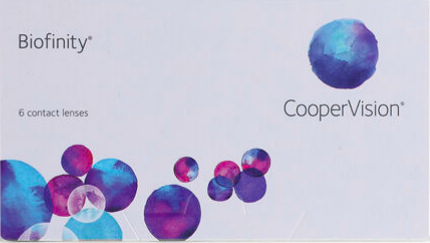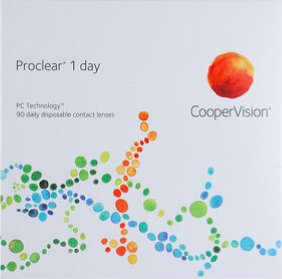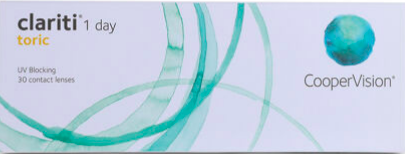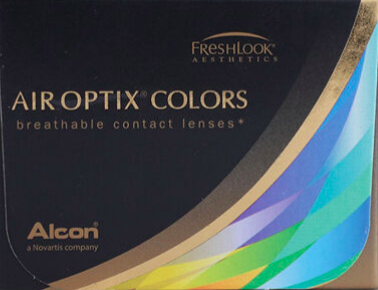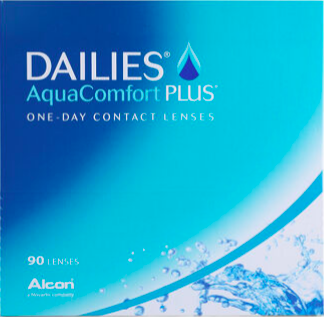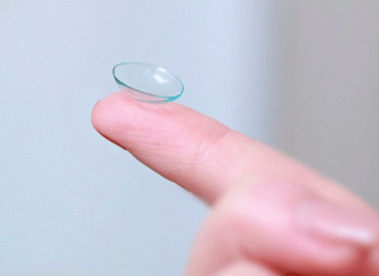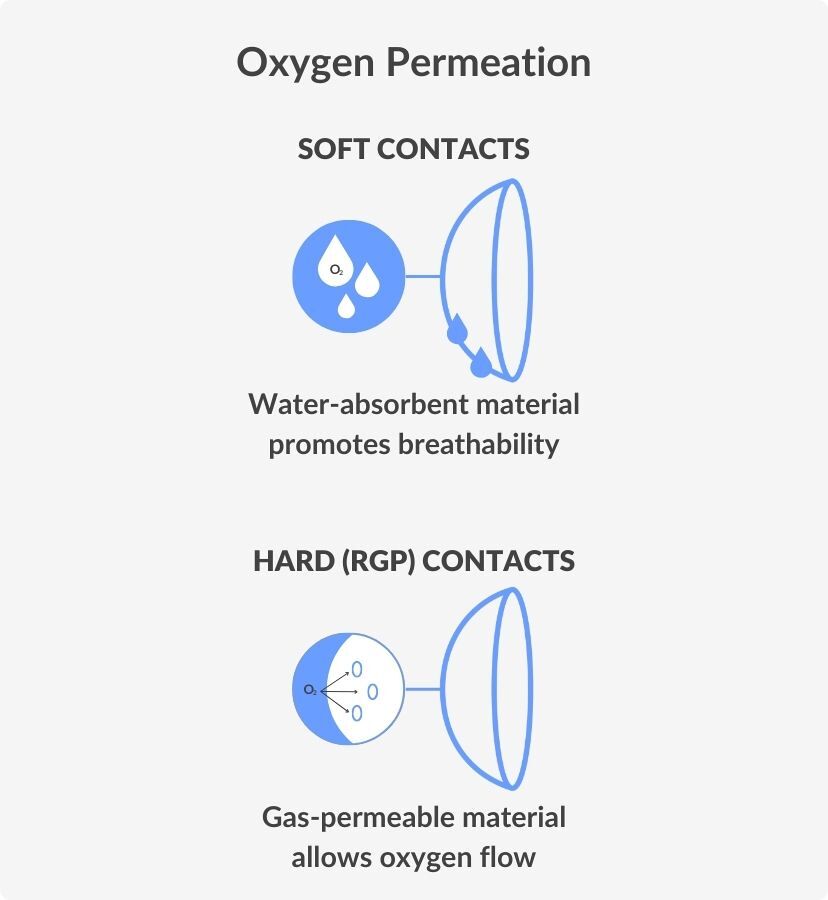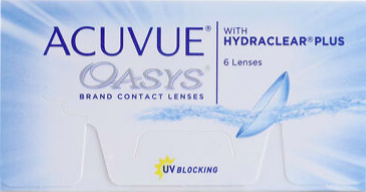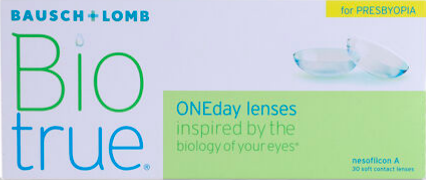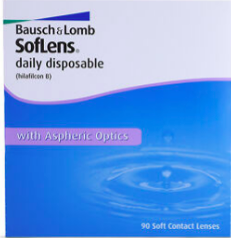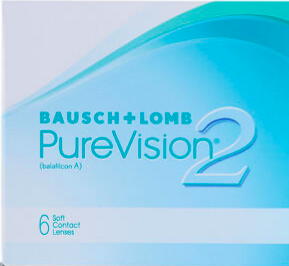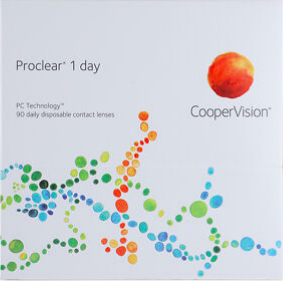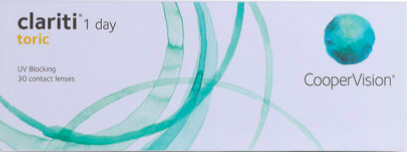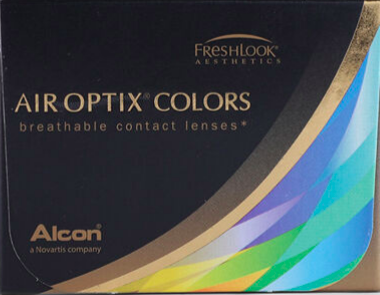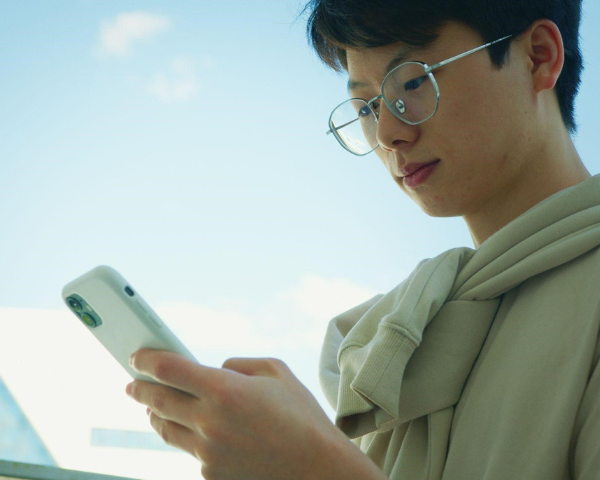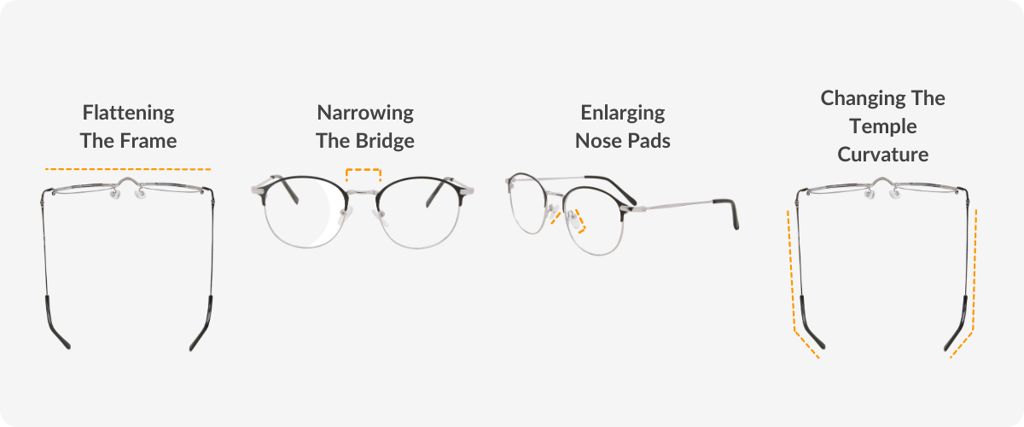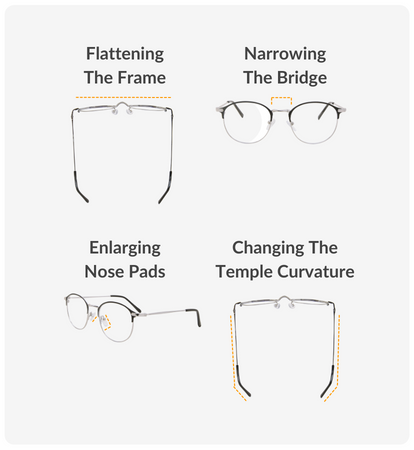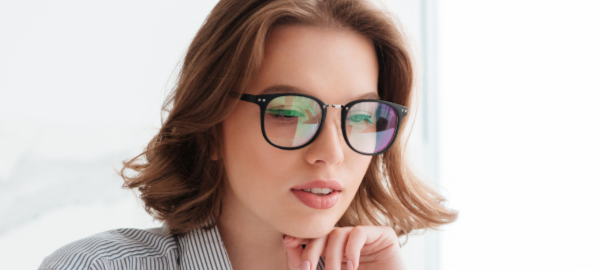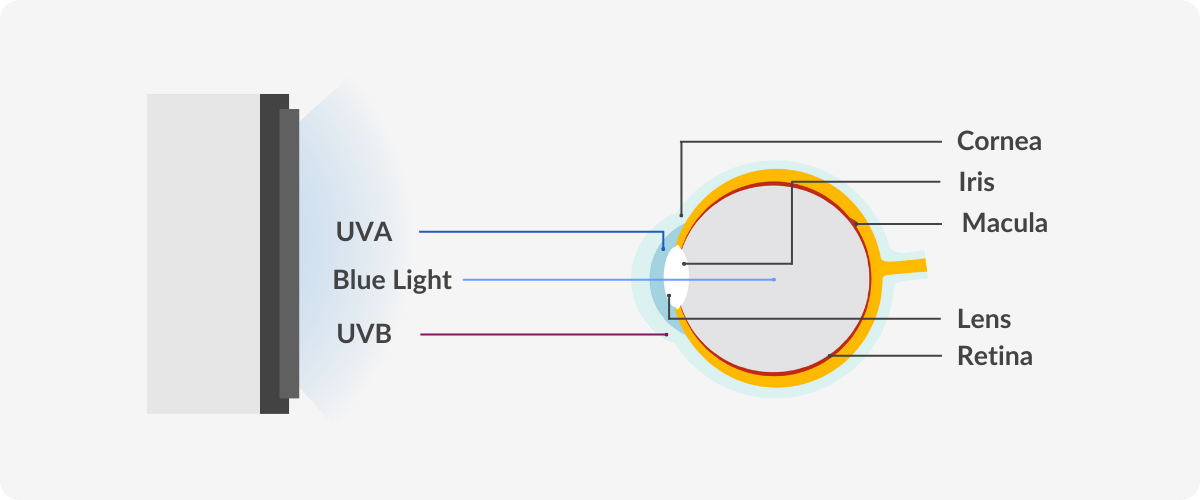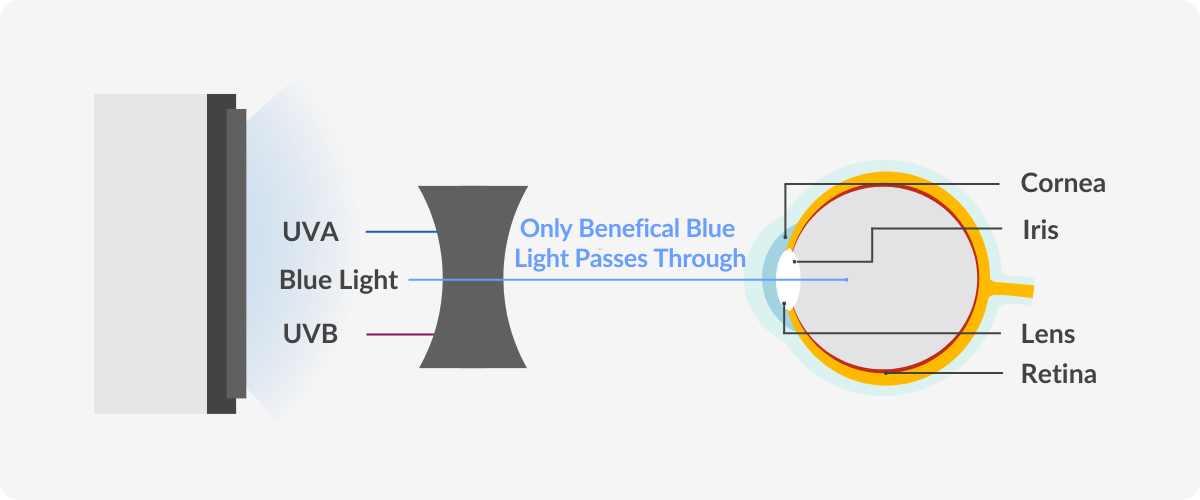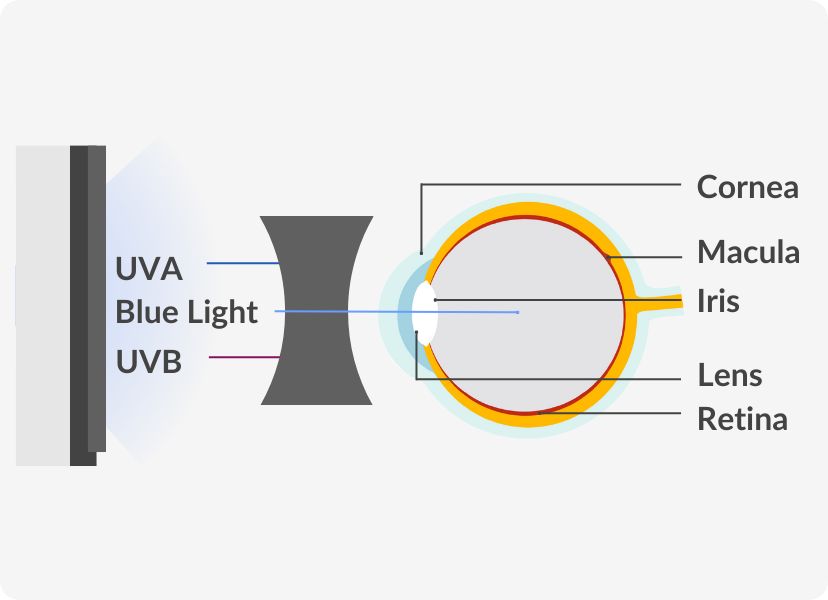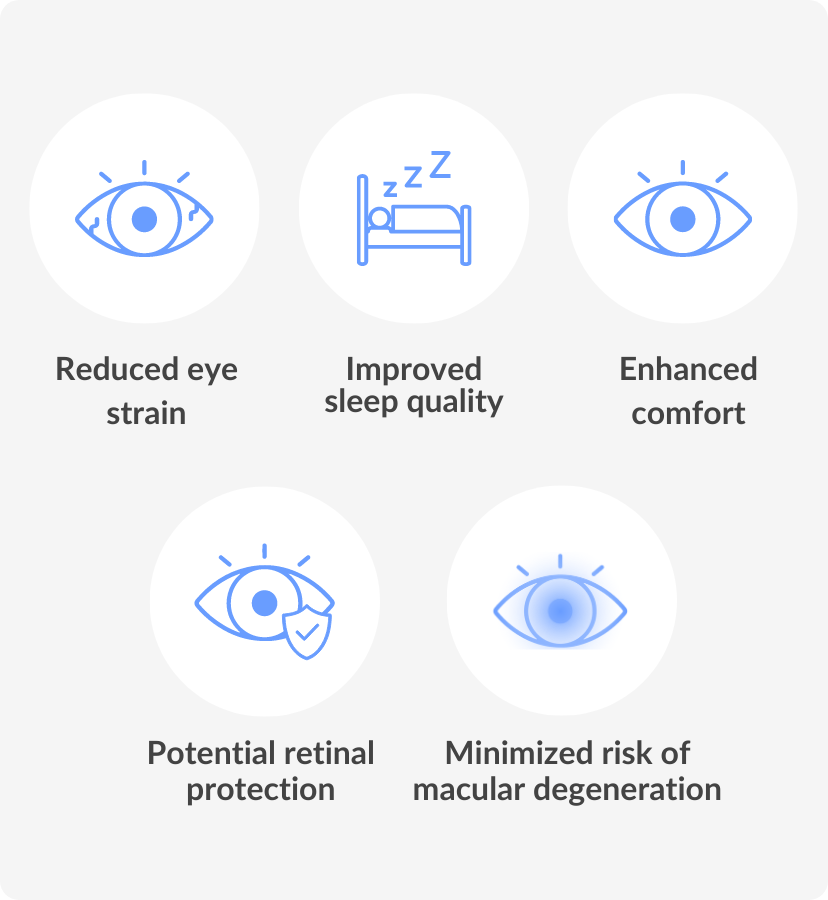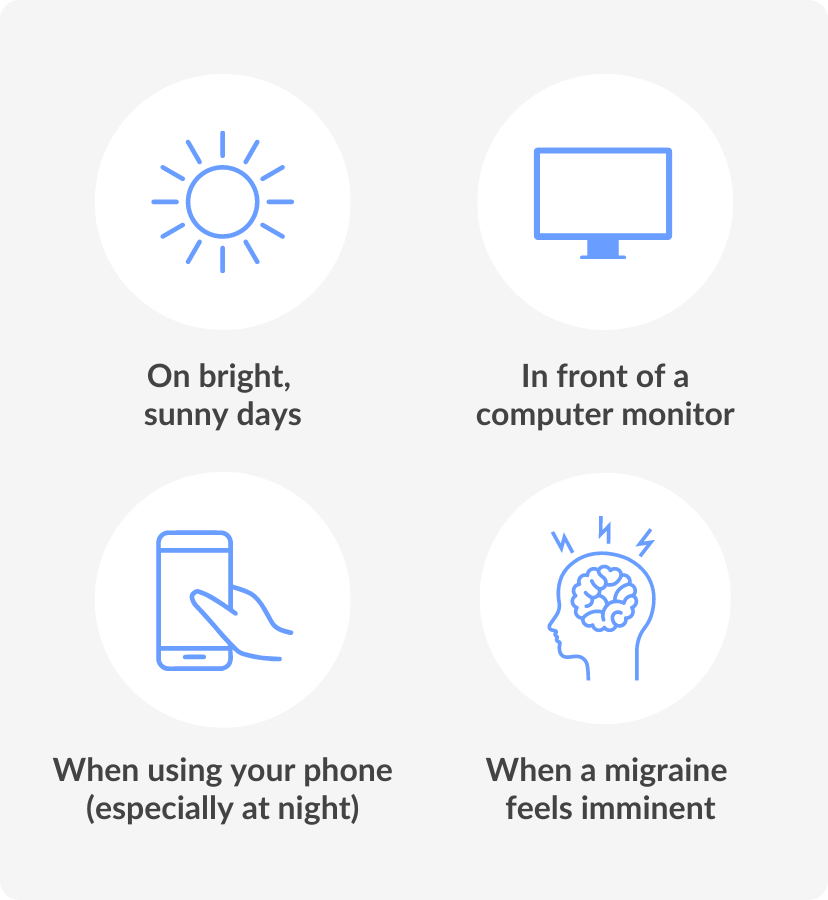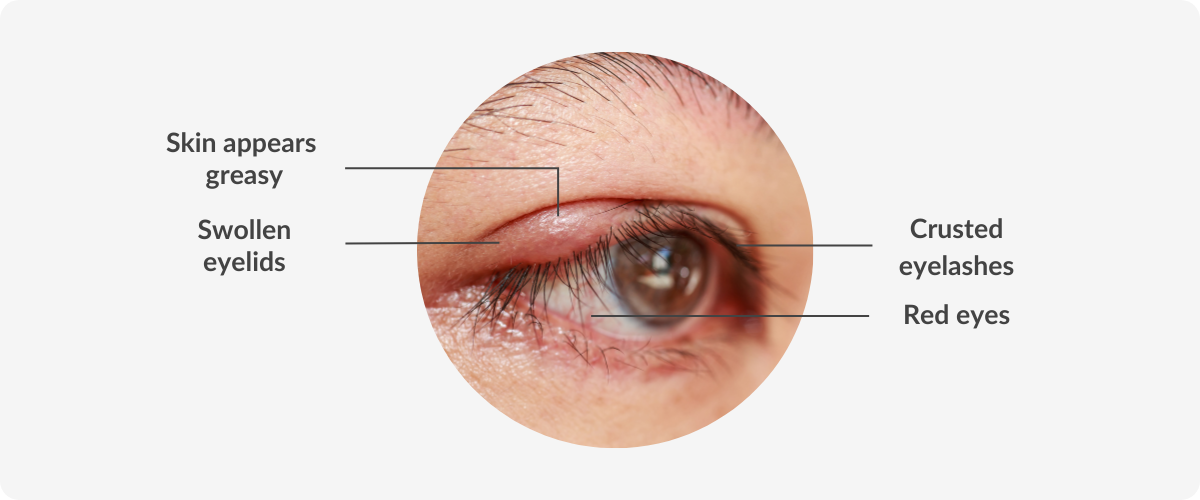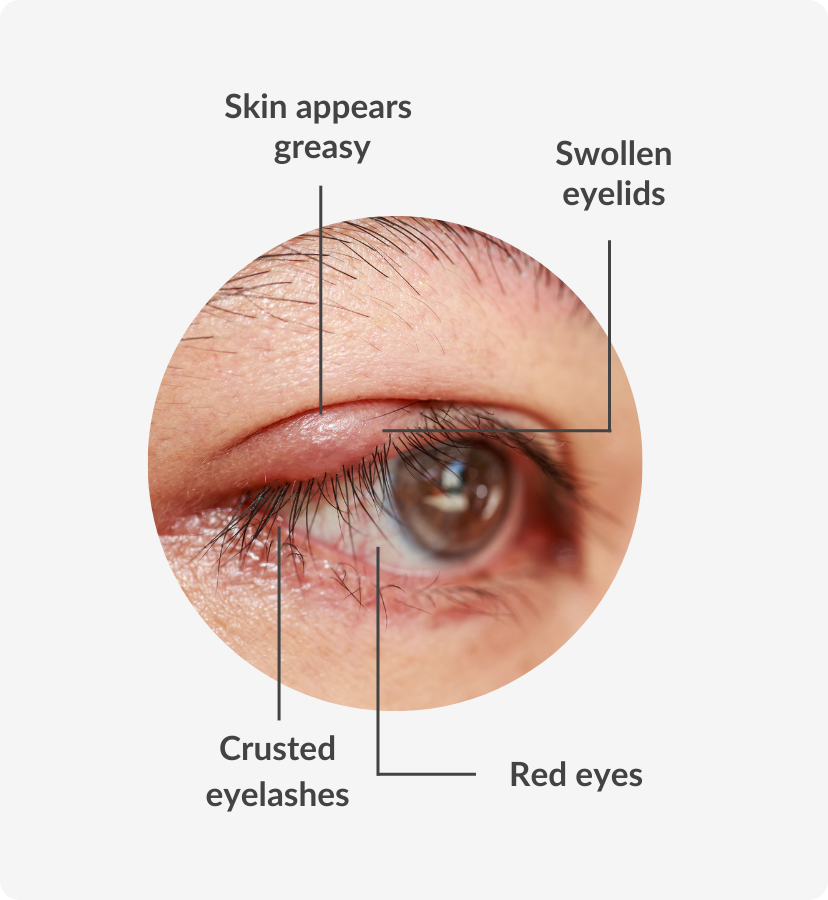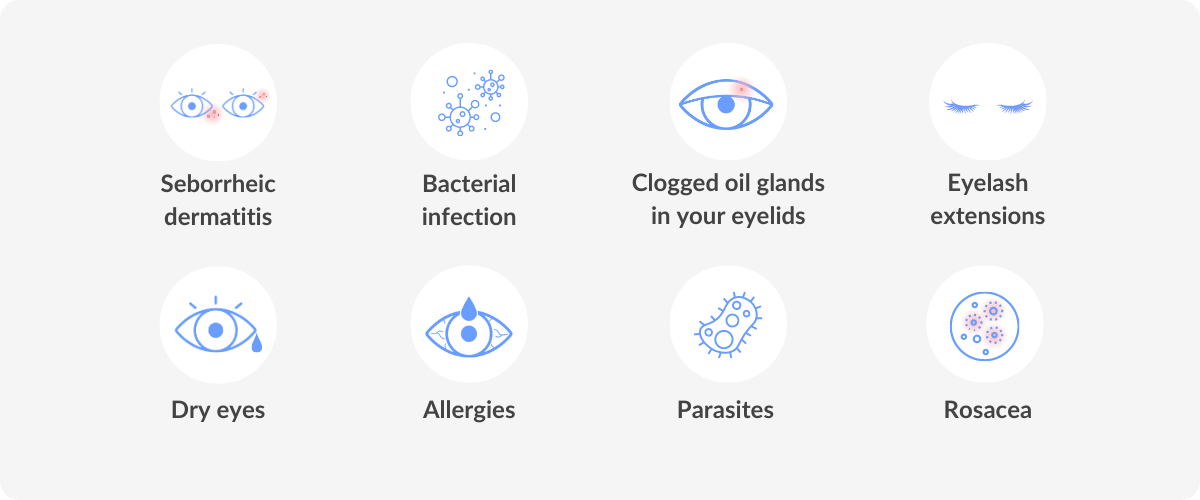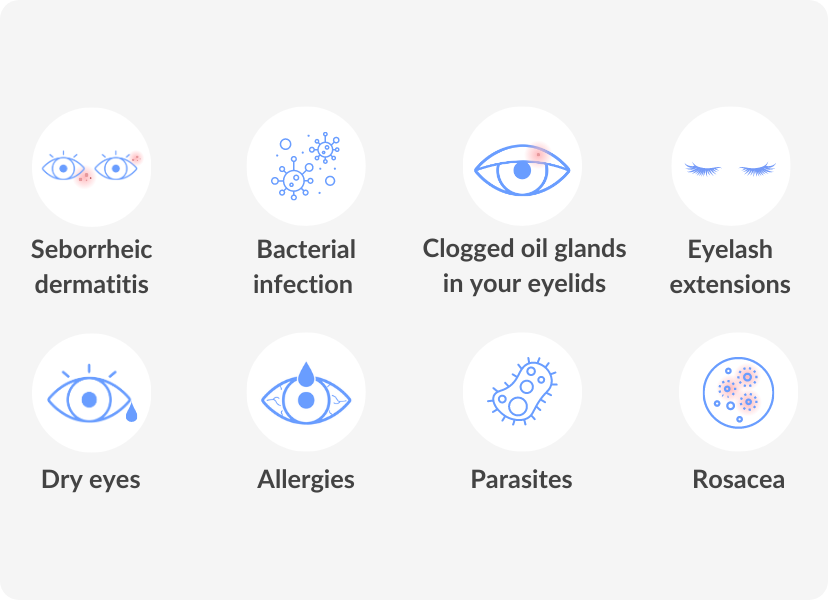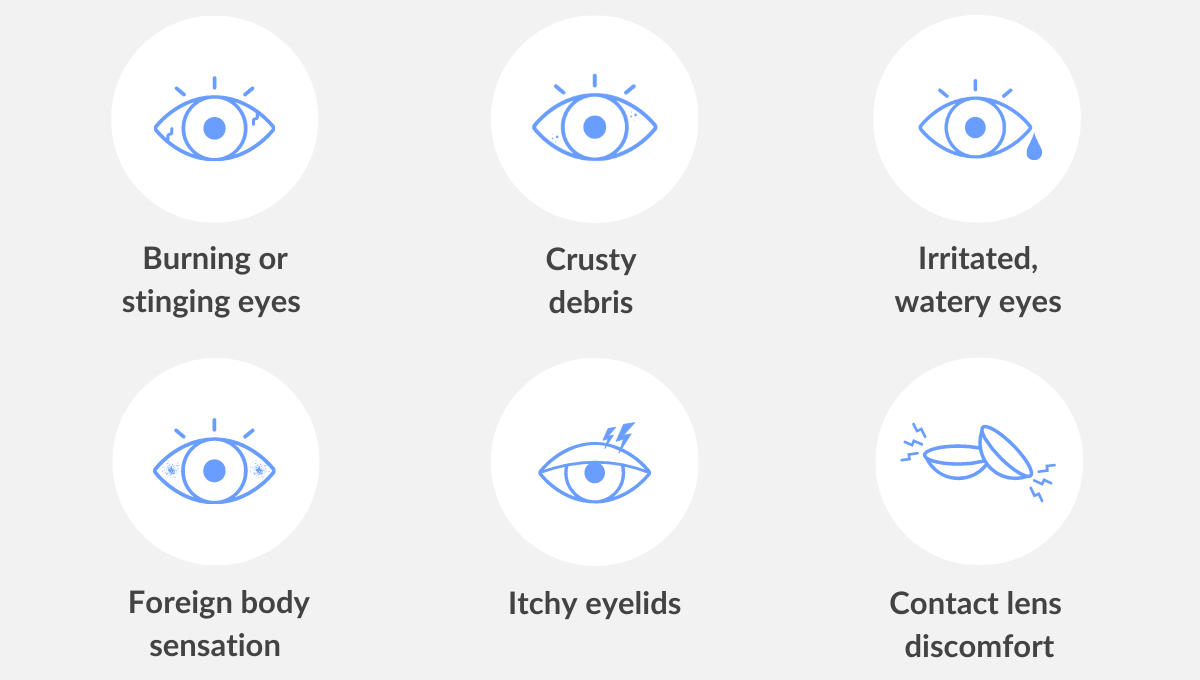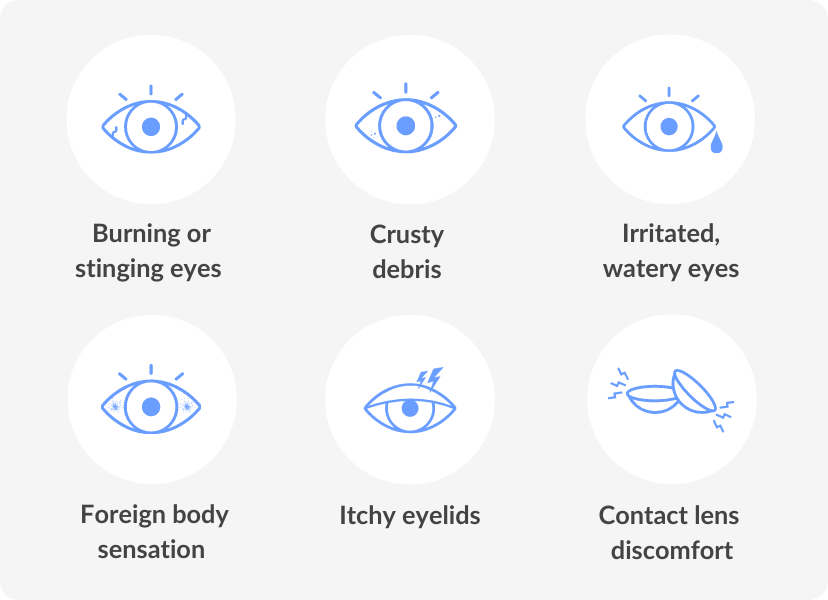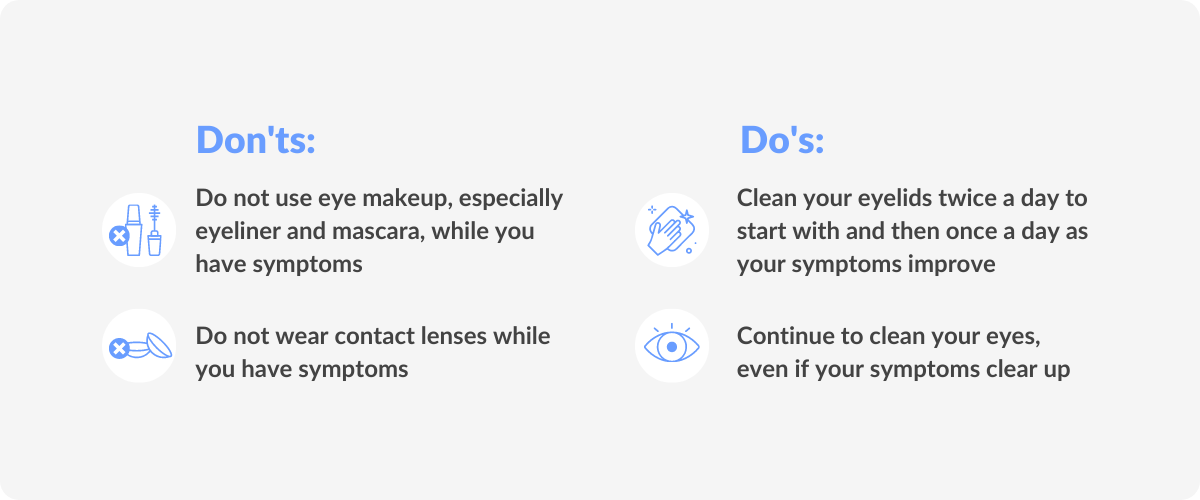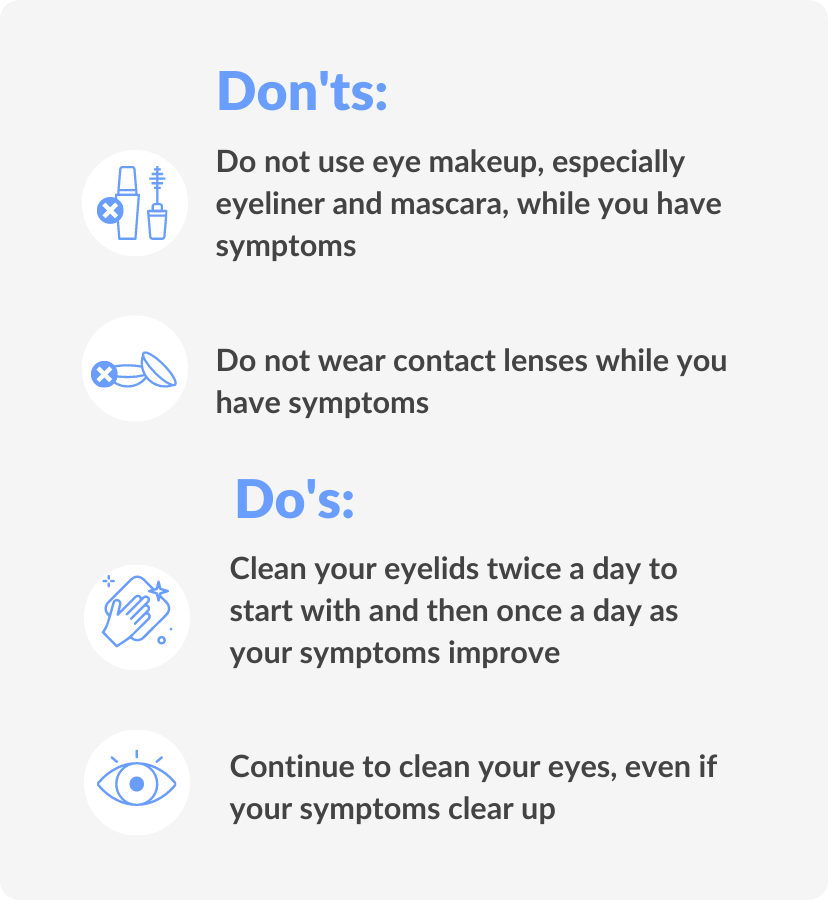Are Coloured Contact Lenses Safe?

Reviewed by
Beck Jinnette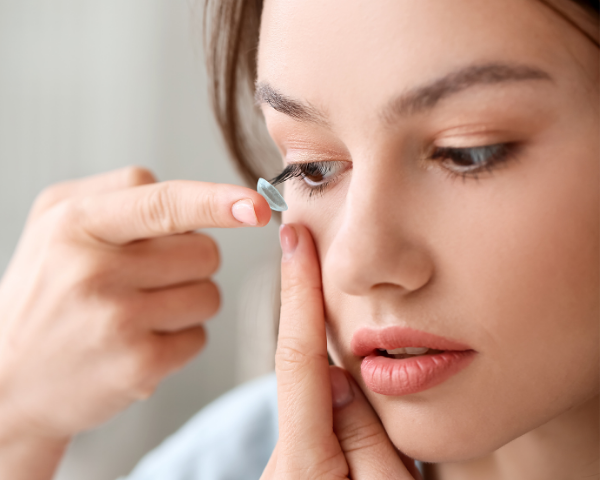
People choose to wear contacts for many reasons. Besides their normal corrective function, many people wear contacts for aesthetic and cosmetic reasons. Coloured contacts, in particular, have become very popular in recent years because of their immediate ability to change appearances drastically.
Plano vs. prescription contacts
Typically, coloured contacts, also known as decorative contact lenses, are available in both prescription and plano forms:
- Coloured contact lenses with a prescription: Changes your eye colour and corrects your vision whether you are nearsighted, farsighted or astigmatism.
- Plano colour contacts: Changes your eye colour with no alternation for vision correction. This type of lens is also known as non-prescription coloured contacts.
Read on to discover the benefits of wearing coloured contacts, as well as some risks you should be aware of before purchasing prescription coloured contacts.
DID YOU KNOW?
Coloured contacts types
Worn for cosmetic purposes, most coloured contact lenses you will find are designed to mimic the natural look of the coloured part of the eye, called the iris.
In general, coloured contacts come in three kinds of tints:
- Visibility tint lens: These lenses come with a light blue or light green tint that does not affect your natural eye colour. Their primary purpose is vision correction.
- Enhancement tint: These lenses come with a solid but translucent tint that is a little bit darker than a visibility tint. They are worn to enhance your natural eye colour. These are best suited for wearers with light-coloured eyes who want to make their natural eye colour more intense.
- Opaque tint: These lenses are non-transparent and can change your eye colour completely. You will need this tint to change your eye appearance if you have dark-coloured eyes.
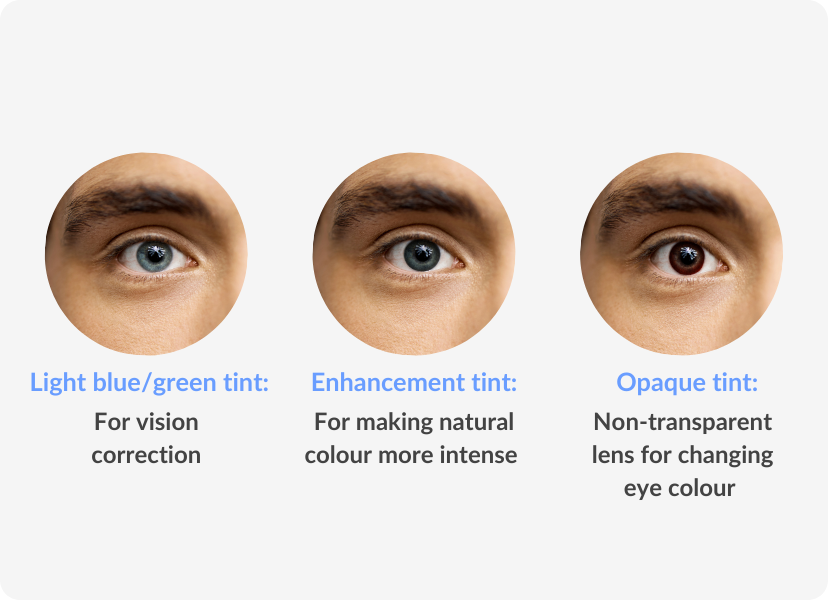
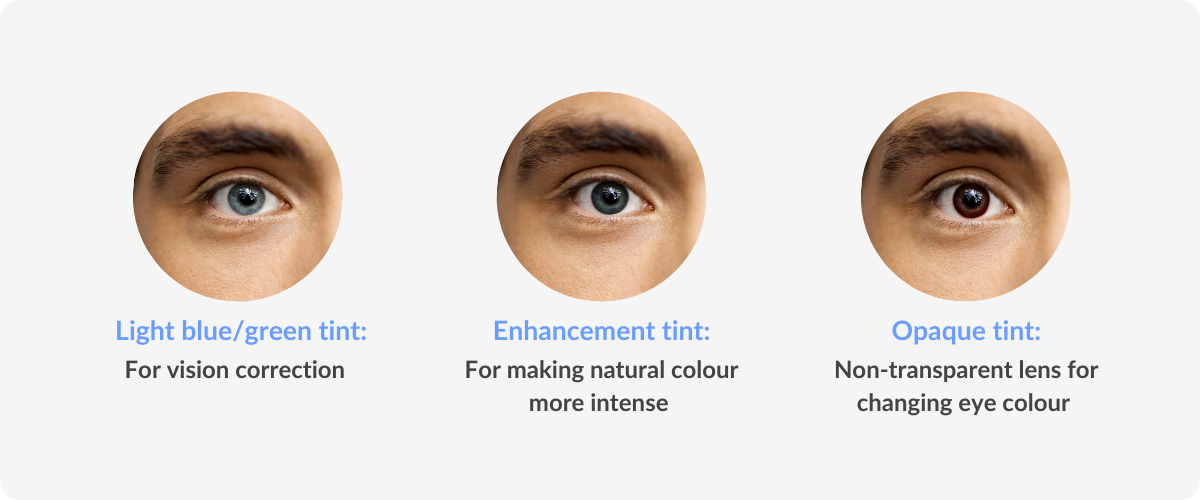
What are the most naturally coloured contacts?
From the lens collection available at SmartBuyGlasses, Solotica offers a natural look. Combining groundbreaking technology and exceptional colour opacity, their lenses can transform dark eyes into breathtaking blue, green, grey and brown. They are also available as prescription colour contact lenses too.
Hidrocor is a popular collection because it does not have a limbal ring in the outer rim and has CE-certified, ANVISA-certified and FAA-approved natural colour contacts. Natural colours, Aquarellas and our other collections offer soft and stunning looks.
Colour contacts for light eyes
Coloured contacts with enhancement tints are great for people with light-coloured eyes because they define the edges of your iris and deepen your natural eye colour without changing your eye colour completely. If your natural eye colour is blue, and you want to experiment with different shades and still want to keep a natural look, you could try a grey or green contact lens.
Color contacts for dark eyes
If you have dark-coloured eyes and want to change your eye colour, you will have to use opaque tinted lenses to cover up your natural eye colour completely. Try a light honey brown or hazel colour for more natural tones.
Colored contact lenses: frequently asked questions
Do I need a prescription to buy coloured contacts
- Coloured contact lenses are medical devices, so before you can buy your first pair of coloured lenses, you must have a valid eye prescription from a licensed optician.
- Even if you want plano lenses, you must visit a vision specialist beforehand and have them write you a prescription for wearing coloured contacts.
How to know if I am buying safe contact lenses?
- Coloured contacts are absolutely safe – as long as they are properly prescribed, worn, and cared for.
- You should never buy or wear coloured contacts unless purchased “over the counter” with a proper prescription and approved by a licensed optician. Decorative contacts sold in flea markets, gas stations, or beauty salons are NOT approved medical devices; you should never buy or wear them.
What are the risks of coloured contacts?
- Coloured contact lenses can increase the risk of eye infections, your cornea getting scratched and may also cause eye damage if used incorrectly.
- Although it sounds fun and harmless, you should never share your coloured contact lenses with friends or family. Doing so greatly increases your chance of contracting harmful eye infections.
How to wear contact lenses safely: top tips
Wearing contact lenses can improve your vision and give you a different look, but it is important to wear them correctly. Here are some top tips on how to wear contact lenses safely, including essential information about hygiene, storage, and cleaning.
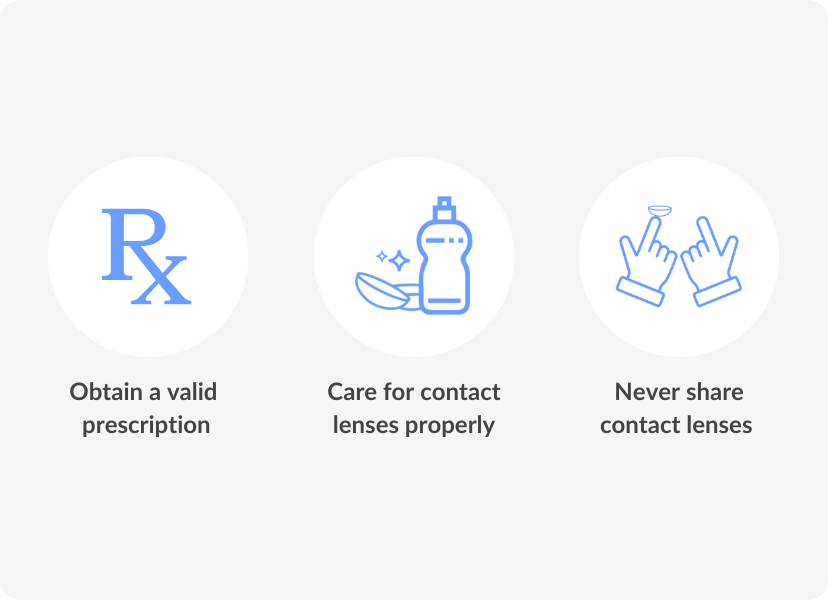
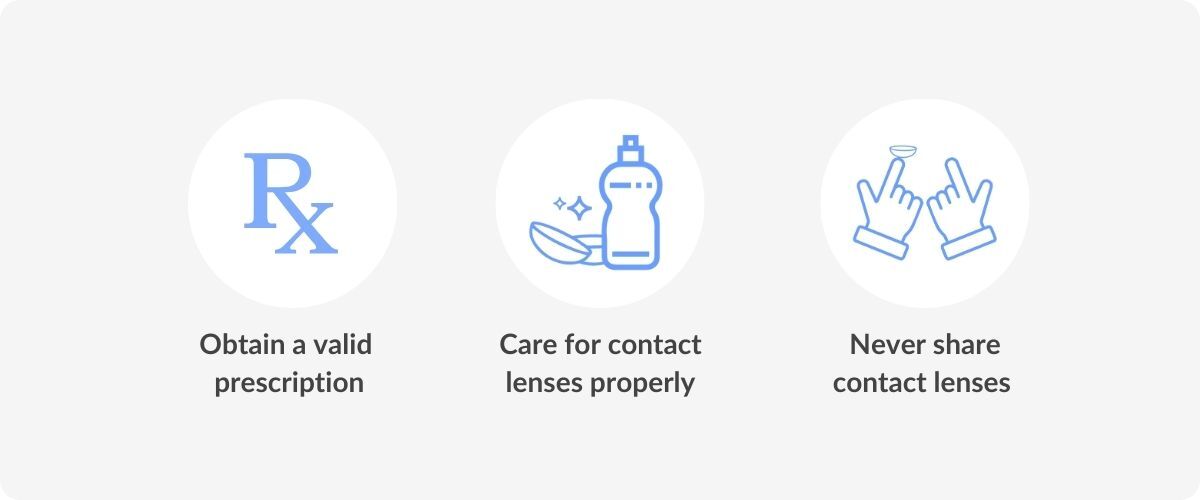
- Wash your hands thoroughly before handling lenses.
Don’t wear your lenses longer than the recommended time limit.
Never sleep in your contact lenses.
Remove any makeup or dirt from your eyes before putting on lenses.
Use fresh solutions and clean cases when storing lenses.
Schedule an eye exam at least once a year to ensure everything is healthy.
Are coloured contacts safe for kids?
Halloween contact lenses are a popular choice for people of all ages who want to change their eye colour for an event or just for fun. While these lenses can be a safe and effective way to change your appearance, parents should be careful when considering costume contact lenses for their children.
Contacts require proper care and hygiene to prevent infection and other complications, especially for kids who may not have the same level of responsibility as adults. It’s important to talk to an eye doctor before allowing your child to wear coloured contacts to ensure the lenses are safe, comfortable and properly fitted for their eyes.
How to tell if you have an eye infection from contact lenses
If you wear any type of contact lens regularly, it’s important to keep an eye out for any signs of infection. Symptoms can include redness, swelling, eye pain and discharge. If you’re experiencing any of these symptoms, remove your contacts immediately and see a doctor as soon as you can.
If you wear contact lenses, it may also cause skin irritation from inappropriate wear patterns. This health risk is greater among those wearing poorly-made colours or purchasing from unlicensed vendors. Always seek advice from a medical professional before purchasing any contact lens. If you need some quick, helpful advice, contact our online opticians for easy access to expert help.





































